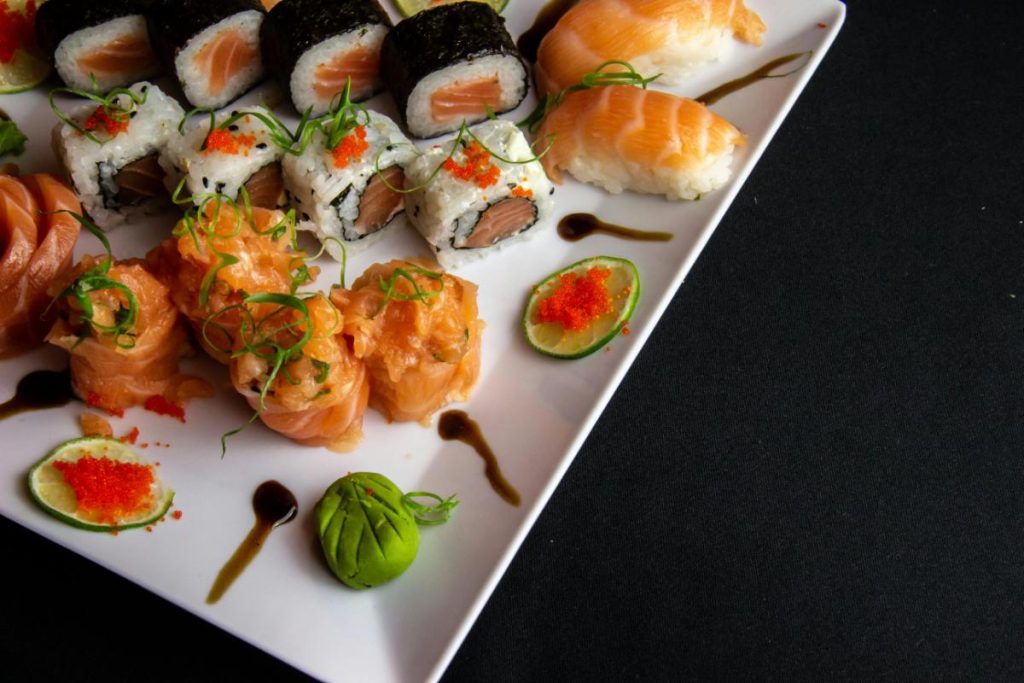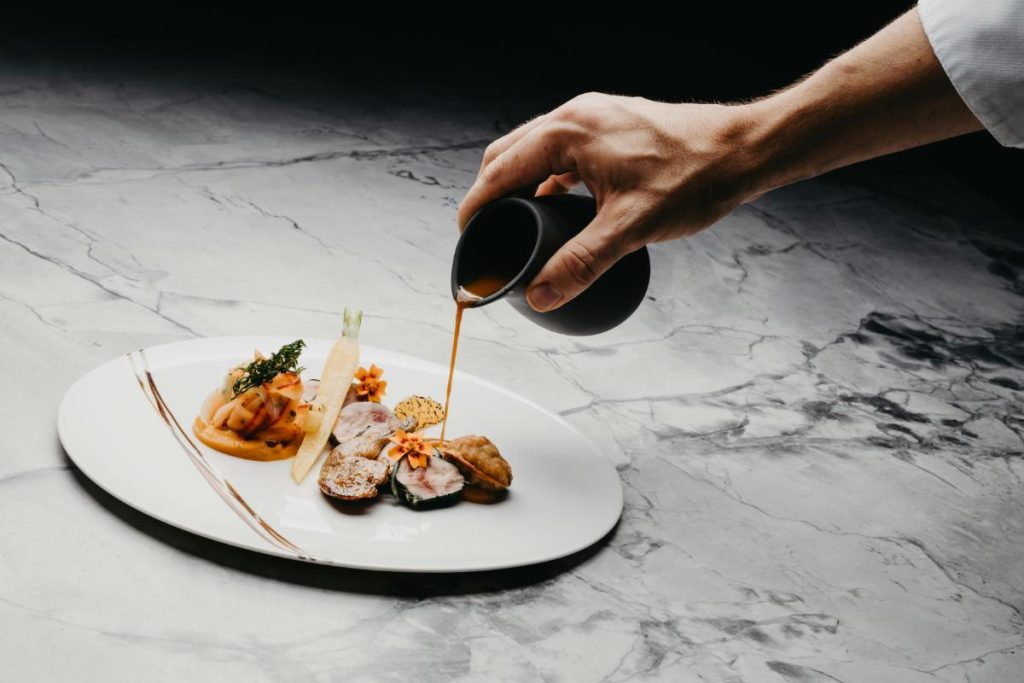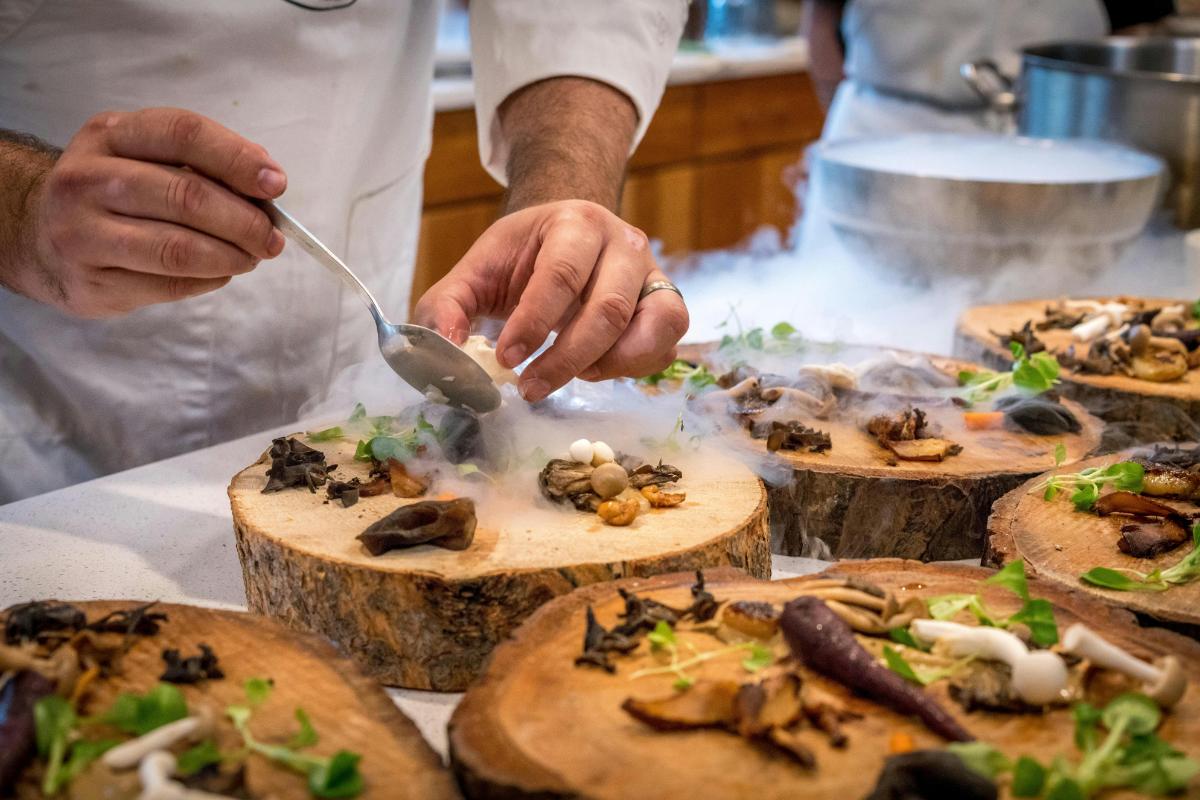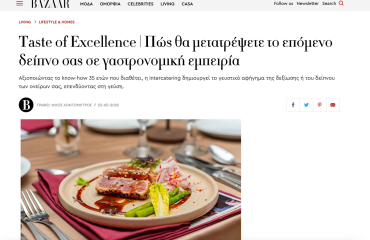The evolution of cooking is a mirror of cultural development, technological progress, and shifts in social values. Cooking is not merely fuel for the body; it is a form of expression, a means of connecting people and cultures. The culinary journey, from humble traditional dishes to highly detailed and experimental haute cuisine, highlights this fascinating path, which blends respect for tradition with the relentless pursuit of innovation.
The Roots of Tradition: Dishes that tell stories
Traditional dishes form the identity of every nation. Through the authenticity of ingredients and cooking techniques, cultural heritage is kept alive. Think of a dish like Greek bean soup (fasolada), which not only nourishes but embodies the history of rural life and self-sufficiency. Italian pasta, Mexican tacos, and Japanese sushi are dishes that tell the story of the geography, society, and climate of the regions from which they originate.
Tradition is often associated with simplicity: affordable ingredients, recycled raw materials, and techniques passed down from previous generations. However, this simplicity is enriched with flavors, aromas, and emotional ties, creating culinary memories that travel through time.

The Industrial Revolution: A new era for the kitchen
With the Industrial Revolution, the kitchen underwent an unprecedented change. The development of transportation allowed for the importation of new ingredients, while technology made food production and processing easier on an industrial scale. At the same time, consumers began to seek better quality, inspiring the rise of restaurants and gastronomy as a form of art.
In this context, chefs started transforming restaurants into spaces of gastronomic pleasure, emphasizing not only taste but also the dining experience. Luxurious flavors and carefully designed presentations began to be seen as a sign of social progress and artistic creativity.
Haute Cuisine: The revolutionary rise
The concept of haute cuisine began to take shape in the late 19th century, primarily in Europe, bringing a new philosophy to the table. Especially in France, chefs like Auguste Escoffier, known as the king of chefs and the chef of kings, established kitchen systems that emphasized order, detail, and precision. The art of cooking was elevated to new heights, with restaurants becoming centers of culinary luxury, while presentation and service were upgraded to levels unprecedented at the time.
In haute cuisine, every element of a dish matters. Chefs, as culinary artists, seek not only to create dishes that satisfy the palate but also to engage sight, smell, and the sense of perfection. A dish now tells a story, interacting with the senses and impressing with both appearance and taste.

Contemporary Gastronomy: A dynamic fusion and exploration
Today, gastronomy continues to evolve at a rapid pace. Globalization and access to ingredients and techniques from around the world have allowed for the creation of new flavors and combinations that were unimaginable just a few decades ago. Pioneering chefs like Ferran Adrià, René Redzepi, and Massimo Bottura have led cooking down new paths, with molecular gastronomy, sustainability, and local production taking center stage.
Restaurants today function as innovation labs. Chefs explore new ways to transform even the most common ingredients into culinary surprises, while there is a growing emphasis on the origin and quality of raw materials. Gastronomy has become an artistic exploration, where each dish offers a new perspective on traditional flavors, highlighting the potential of food as a form of expression and culture.
The Power of Technology and Media: A new chapter in gastronomy
Technology, along with mass media, has played a catalytic role in shaping modern cuisine. Cooking shows, social media, and content platforms have created a global culinary community. Food enthusiasts can now share recipes, techniques, and experiences from different corners of the planet.
At the same time, kitchen technology, from sous-vide cooking to high-tech ovens, has enabled chefs to create dishes with extraordinary precision. The blending of traditional techniques with modern technologies creates dishes that were not possible in the past.

Conclusion: The perpetual evolution of cuisine
From traditional dishes shaped by love for community and culture to haute cuisine, which focuses on the artistic and aesthetic experience, cuisine continues to evolve. Our relationship with food changes as we delve deeper into technology, innovation, and the global community, while keeping the roots and tradition alive.
This perpetual evolution offers us new ways to appreciate food, whether we are enjoying a simple, traditional dish or immersing ourselves in a multi-dimensional, high-level gastronomic experience.
In every case, food remains a pillar of connection, creation, and cultural storytelling.










